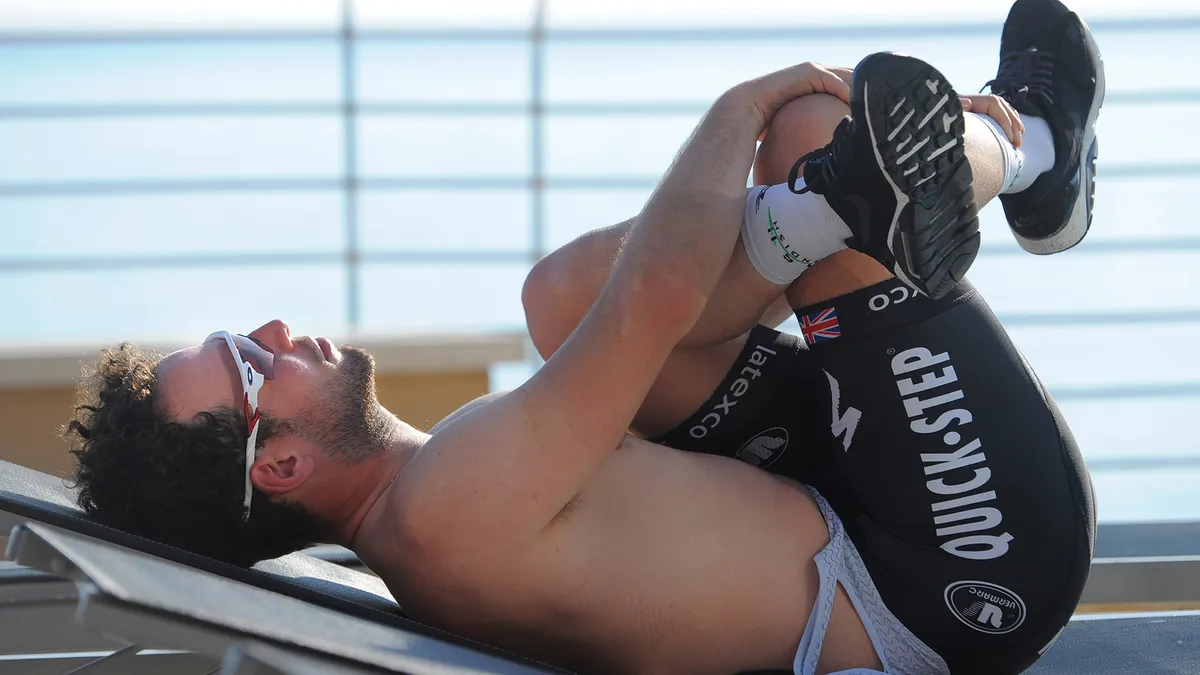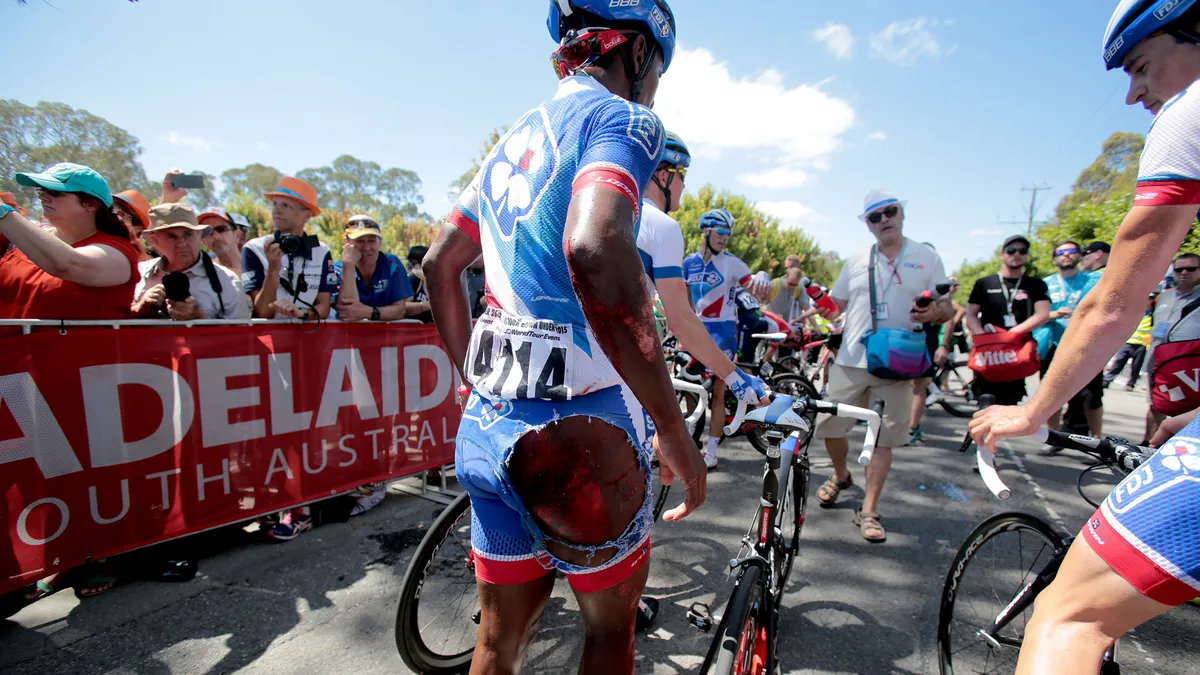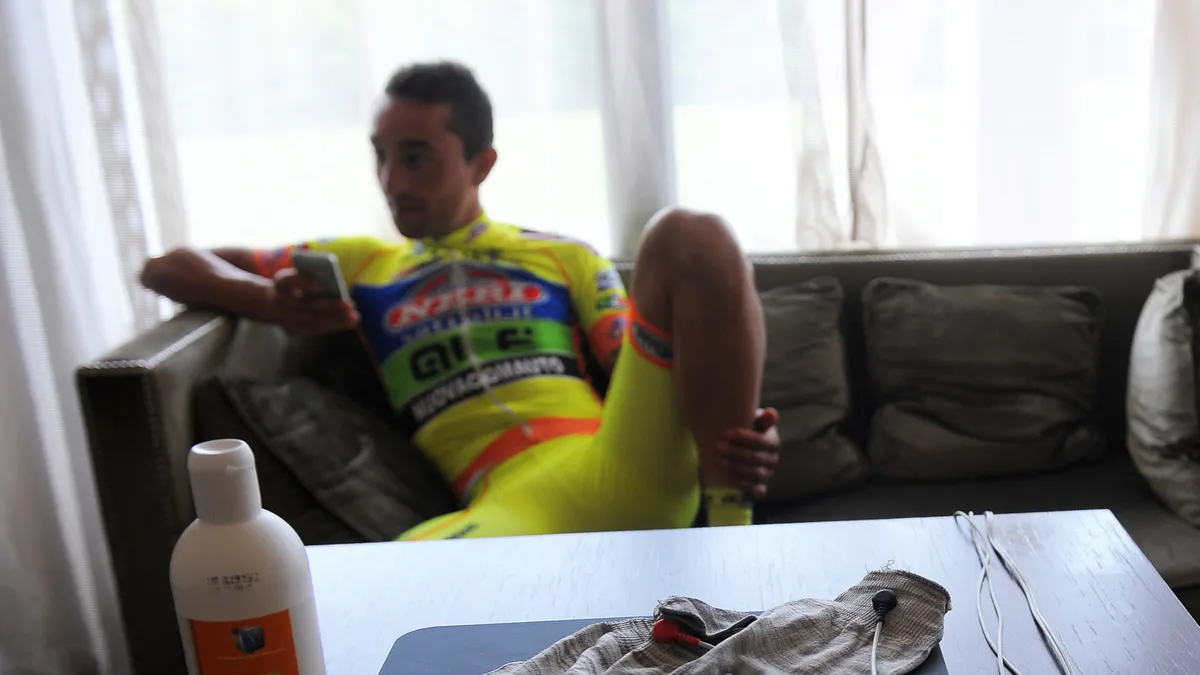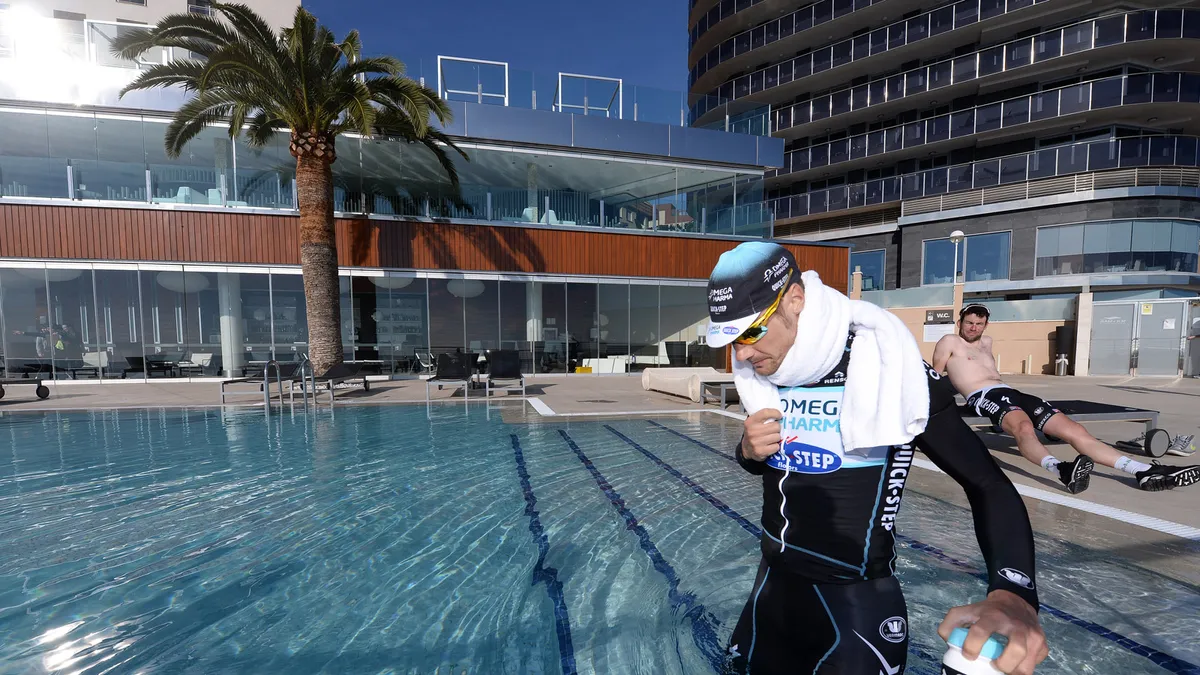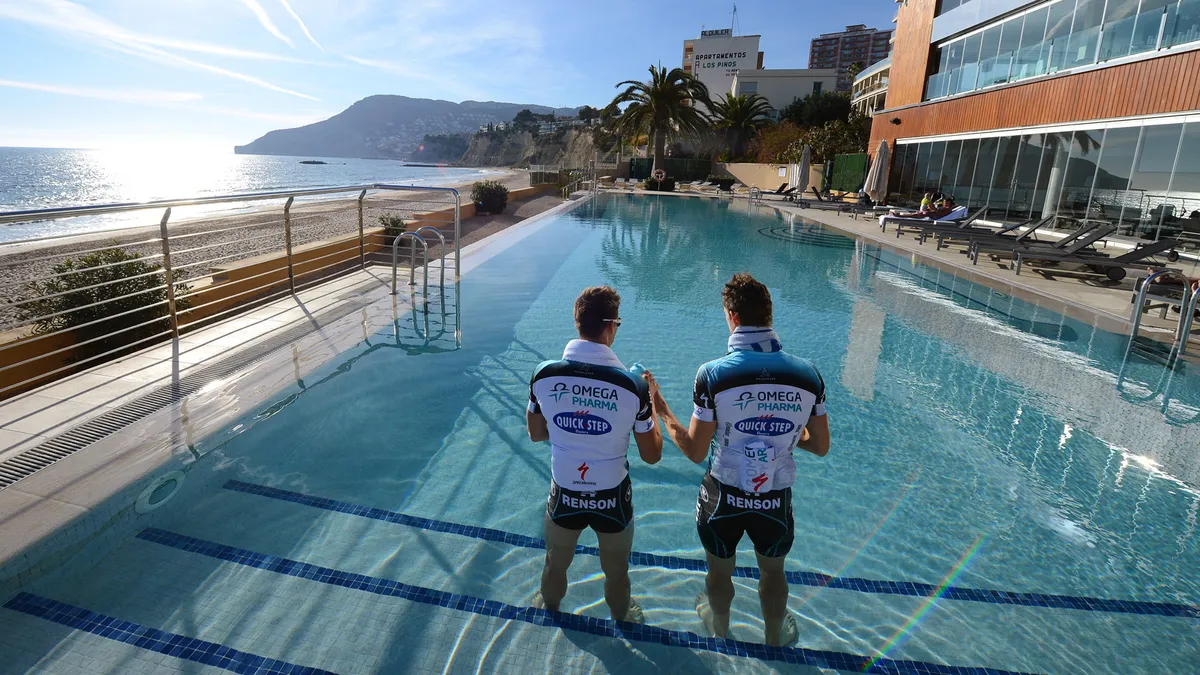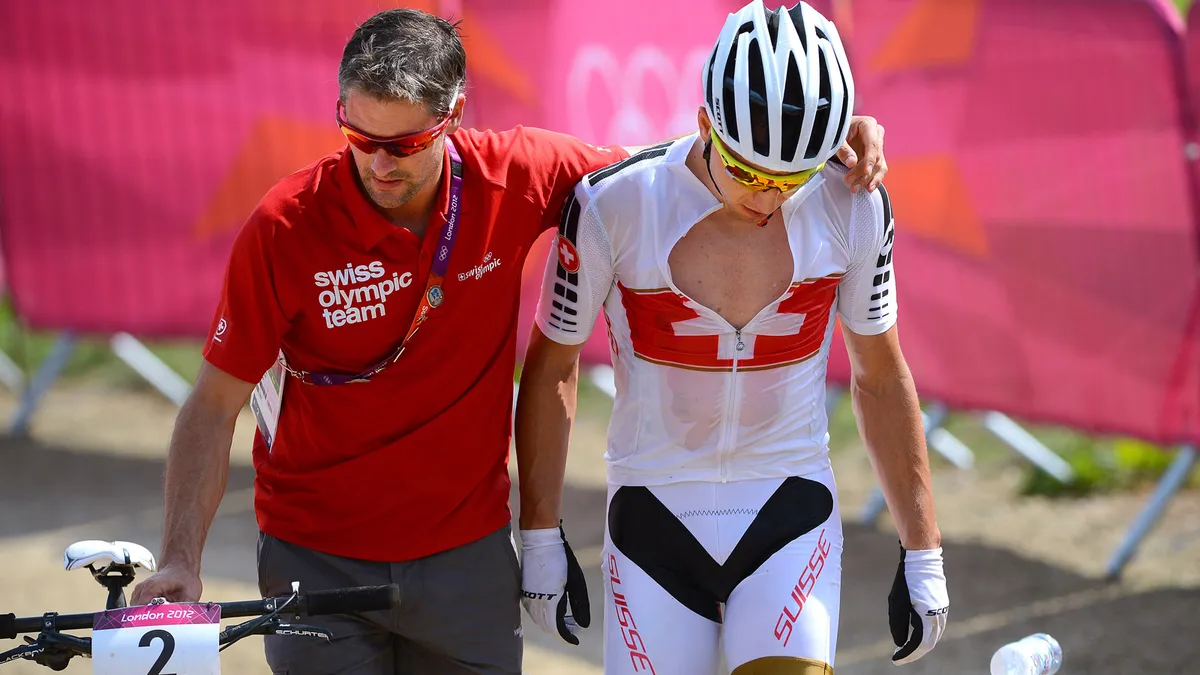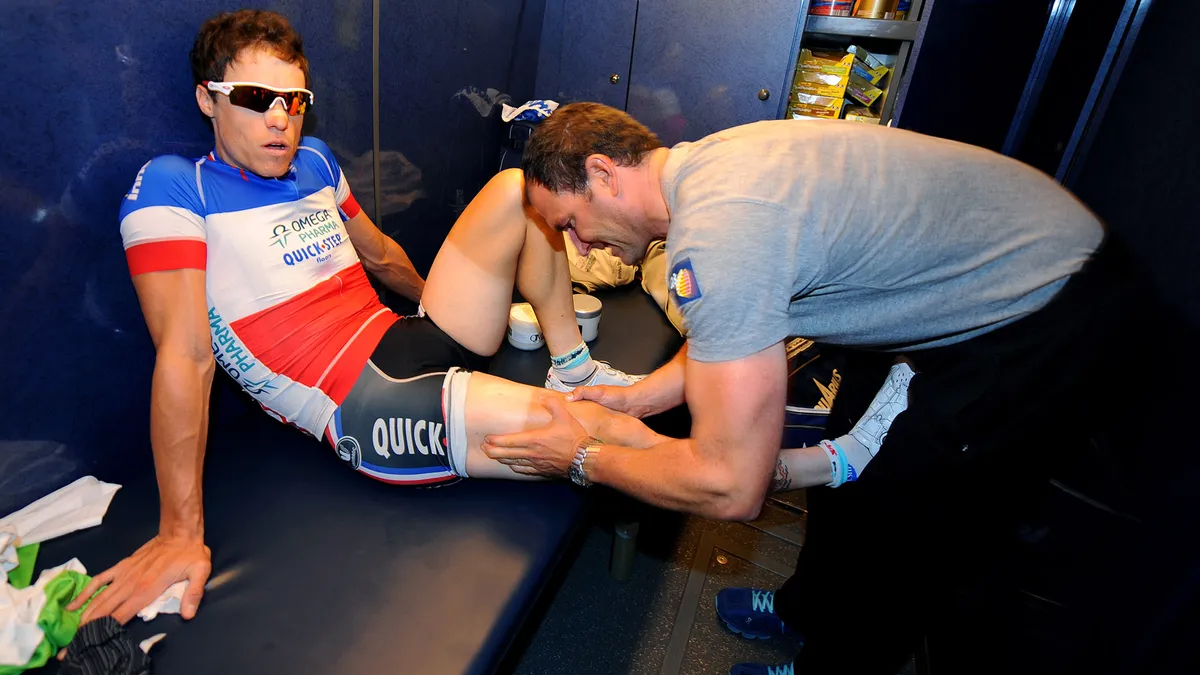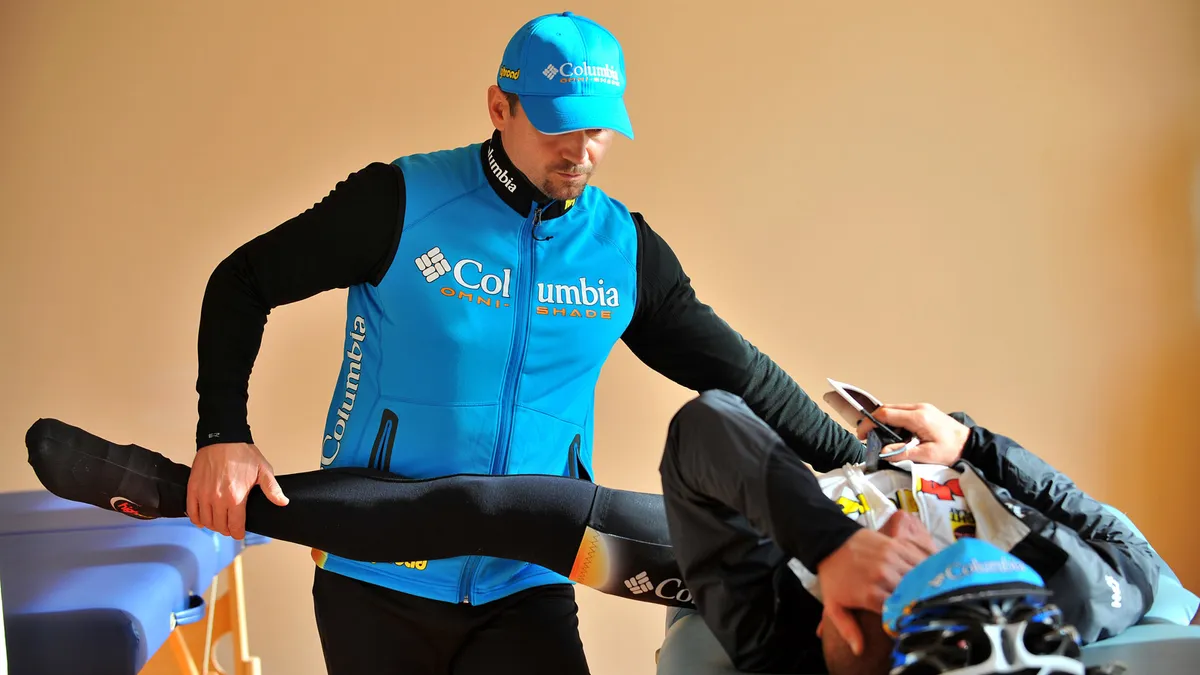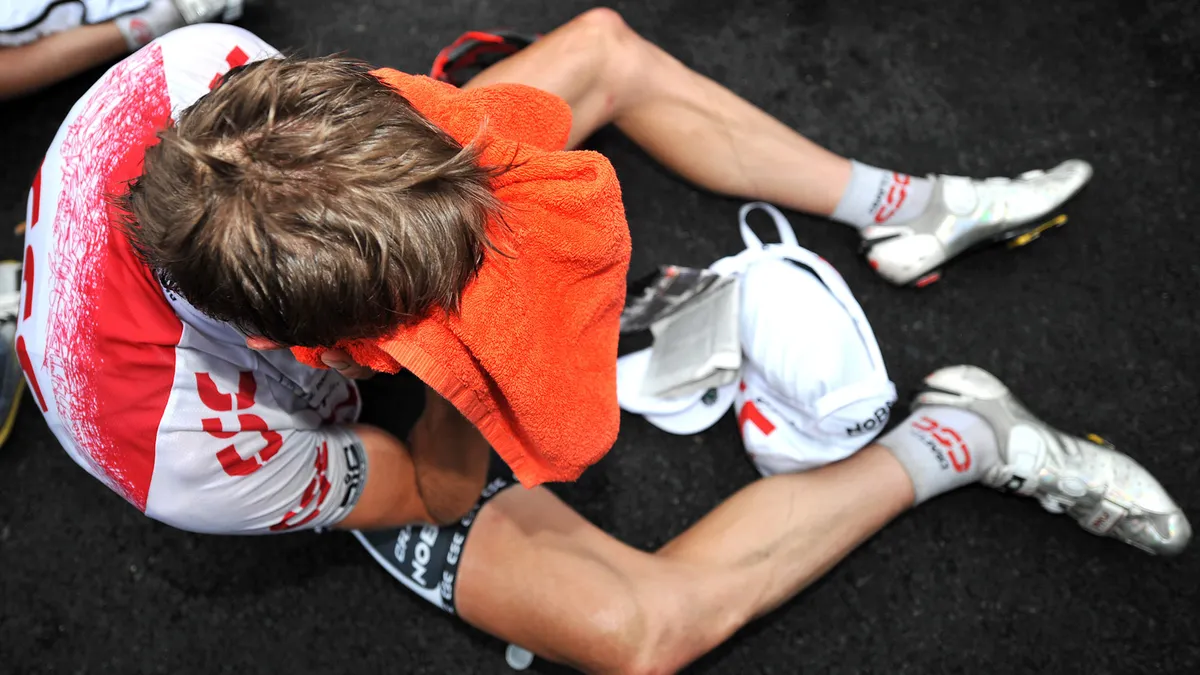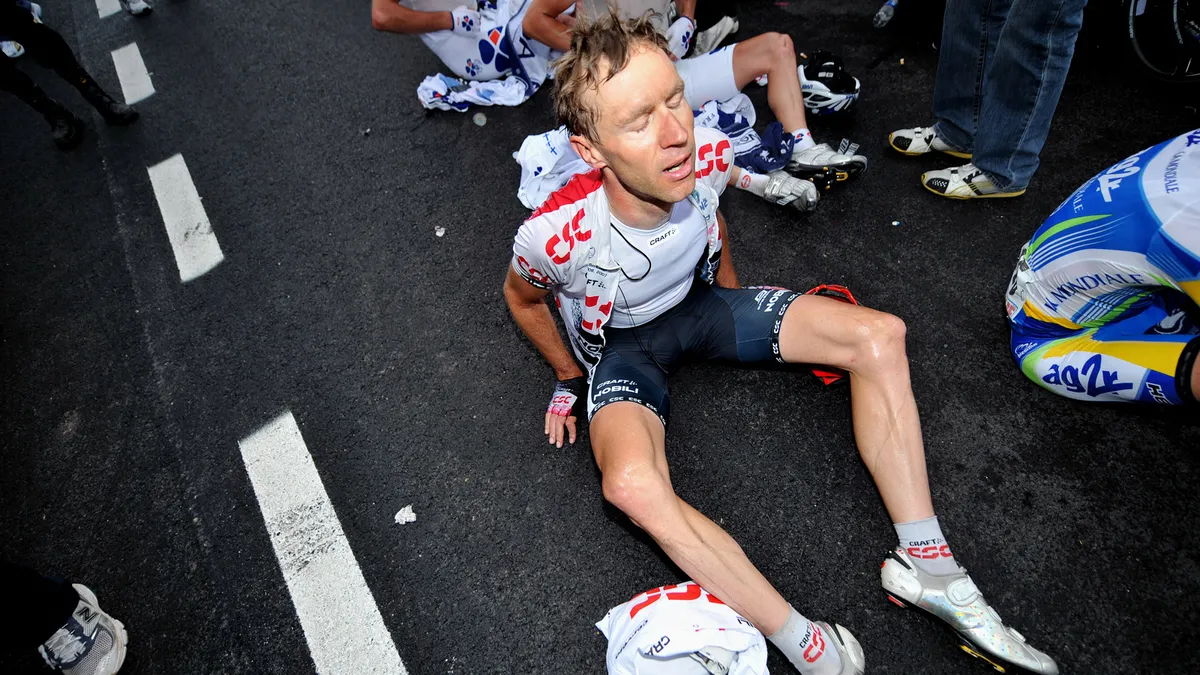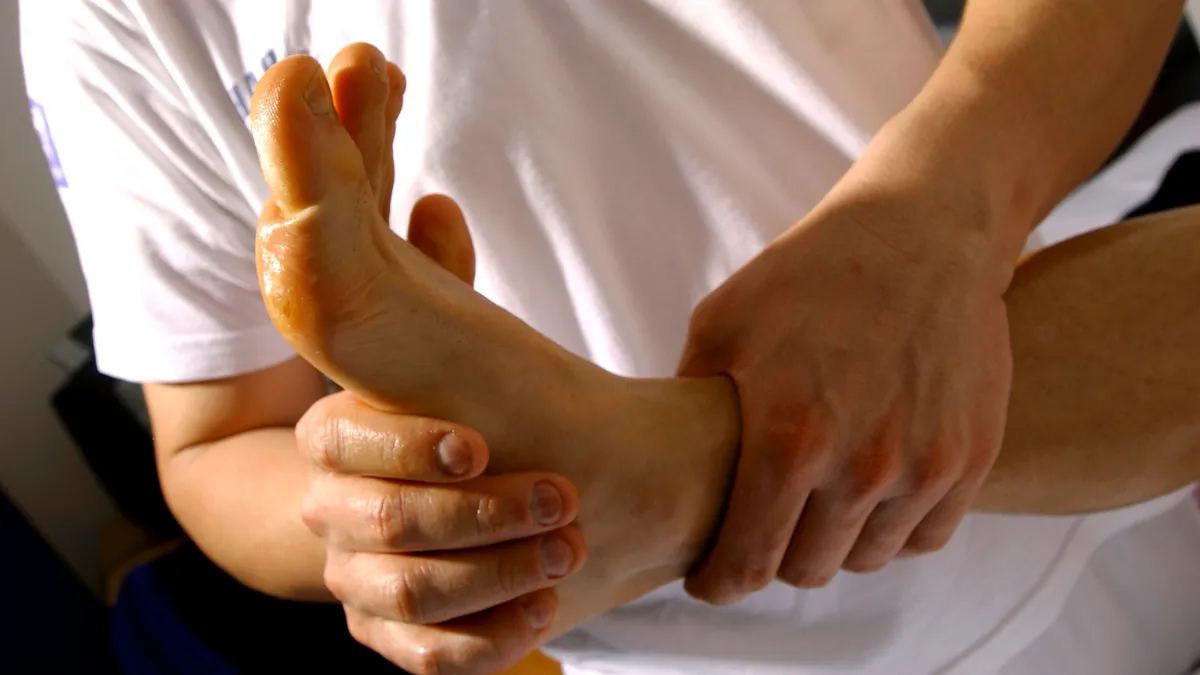Bikes hit things, you come off, you smash the deck, it happens. It's part of the deal to riding on two wheels unfortunately. And if anything gets really hurt and you can't get back out there cycling straightaway, things really suck.
But don't fret if you do pick up a knock. You'll be back out there soon enough, and while you heal, have a read of these top tips that we sourced from former professional sportsman Andy Curtis (BSc (Hons), Dip. Ortho. Med. Dip. Injection Therapy MCSP, MHPC, MAACP, MSOM) turned physiotherapy guru with two practices built up under his leadership.
Andy has helped many top athletes to recover and get back out there to do the thing they love, and his top tips can help you too.
1. Acceptance
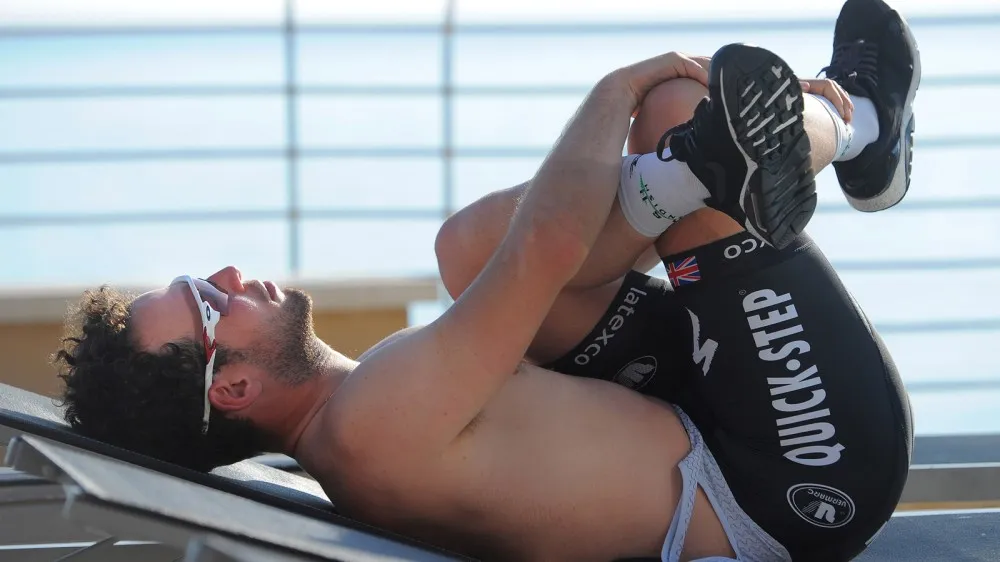
Turn an injury into a positive experience
"Everyone gets injured at some point during their sporting career, from minor strains lasting a couple of weeks to surgery and full rehab over 18 months. Injuries are an ‘occupational hazard’ when training and competing at any level from recreational to elite. Our first thought upon suffering any injury is, 'Why me?'
"You may have been injury-free for the previous three seasons, yet suddenly seem to be off the bike more than you are on it. The trick is learning to turn the initial negative association between injury and frustration into a positive drive and opportunity to correct an underlying biomechanical imbalance or technique fault."
2. Immediate care
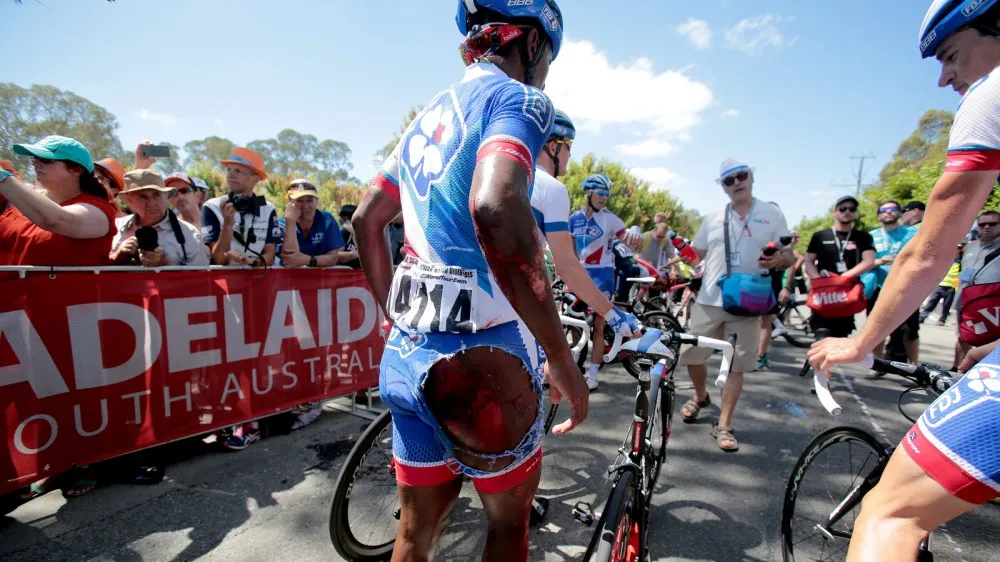
The PRICE method is your starting point
"Looking at an injury from a physiological viewpoint, there are essential key steps to follow in the few days post any injury, from muscular strain to disc-related lower back pain. We were all taught at school the importance or ‘PRICE’ (Protect, Rest, Ice, Compression, Elevation) for an acute injury, but how many of us actually practise that and adhere to every step as we know we should?
"A soft tissue goes through four stages of healing, immediate bleeding and inflammation lasting up to six days, proliferation lasting from three days to three weeks, and remodelling, which commences around two weeks and can last more than six months. Inflammation triggers a chemical cascade within the body. During the inflammatory phase, appropriate management can help to control swelling, heat and pain alongside providing a more effective environment for healing to take place, so do use the PRICE method.
"The first step is to protect the injury, which to all intents and purposes involves stopping the activity you are currently doing and not just trying to push through. Limiting activity in an early stage can lead to a lower level of tissue damage and overall a shorter injury period.
"A majority of soft tissue injuries will also require a period of complete rest [as able] for the first 24 to 48 hours, to proactively work towards limiting swelling. The immediate application of ice to an injured area can decrease cell metabolism and cause initial vasoconstriction to local capillary networks and vascular tissue, which in turn can help limit the degree of swelling and pain.
"Compressing an injury can be another way to significantly increase comfort, and combined with elevation can control levels of swelling. Although inflammation is an essential part of the healing process the body can overcompensate, which can limit the potential for appropriate healing."
3. Get an early and accurate diagnosis
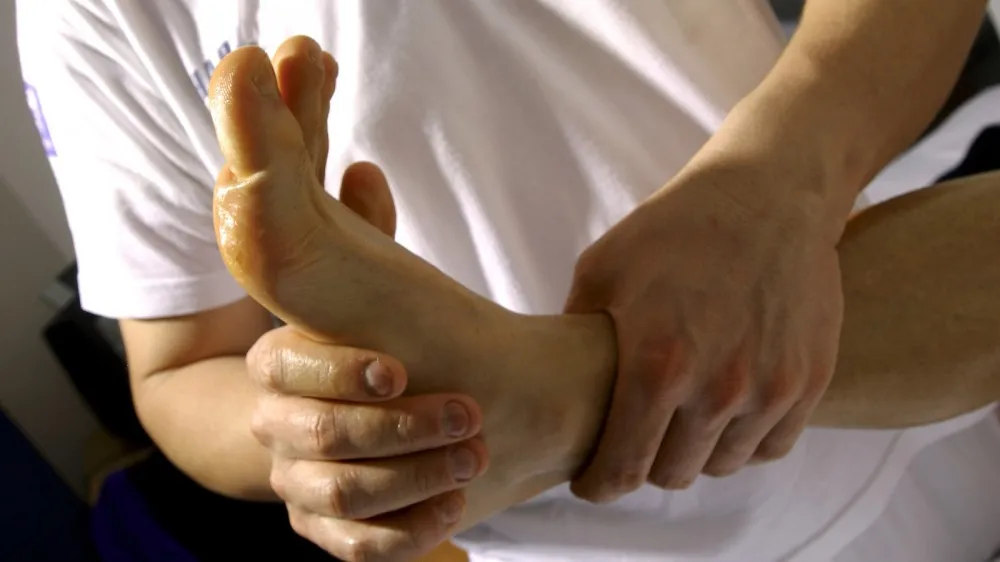
Not confident in a self-diagnosis using the web? See a pro
"How are you expected to manage and treat an injury if you don’t actually know what it is? Have you considered that the ‘niggle’ you have been nursing around your calf could be neural entrapment, tenosynovitis or a stress fracture – which, if left undiagnosed, all have the potential to double the time you are off your bike?
"Any expert physiotherapist will be able to differentiate between these injuries and treat you appropriately to get you back to your full potential. Some injuries can be self-managed, but a majority can be significantly improved if diagnosed and treated accurately."
4. Understand your injury
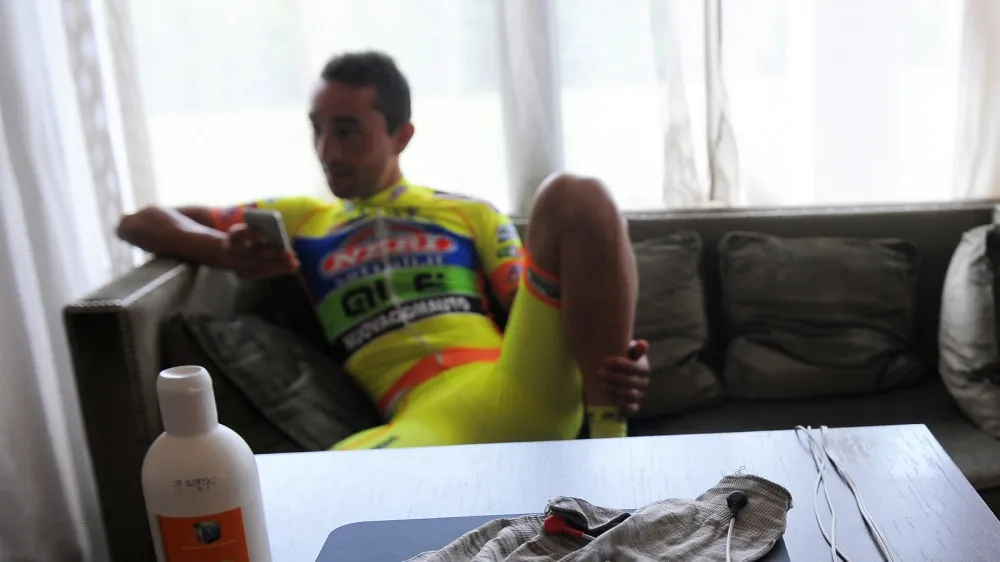
Rest or light loading?
"Following on from getting an accurate and early diagnosis, you need to make sure you know what it all means – the physiological details, healing stages and most appropriate treatment and rehabilitation timeframe. If you understand the ‘what’ and ‘why’ of your injury you will be far better placed to overcome it.
"Not knowing these finite details can also lead to raised anxiety levels and fear avoidance. We can develop an irrational fear of return to exercise, when in fact the best course of action may be gentle loading of the tissue involved."
5. Goal setting
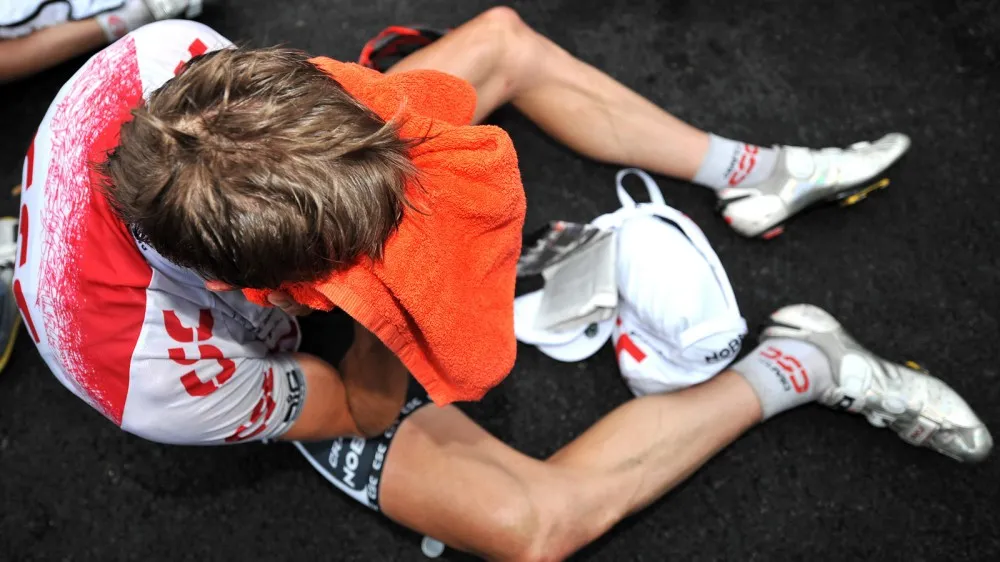
It's a well-worn cliche, but take one step at a time...
"Injuries cause both physiological and psychological stress. The ability to keep motivated through injury rehab can be aided by the use of ‘SMART’ goals. This doesn’t just mean wanting to return to competition after six weeks – this means setting specific rehabilitation goals so that you notice small week-by-week differences in measurable outcomes.
"If you can put pen to paper and see your improvements it is far more effective than just feeling like you've given yourself enough time and jumping back on the saddle. Keeping to pre-set goals also ensures you give your injury the time it needs to effectively heal. Excess loading of a soft tissue injury in the proliferation phase of healing can drastically decrease the quality of tissue laid down."
6. Positive mental attitude
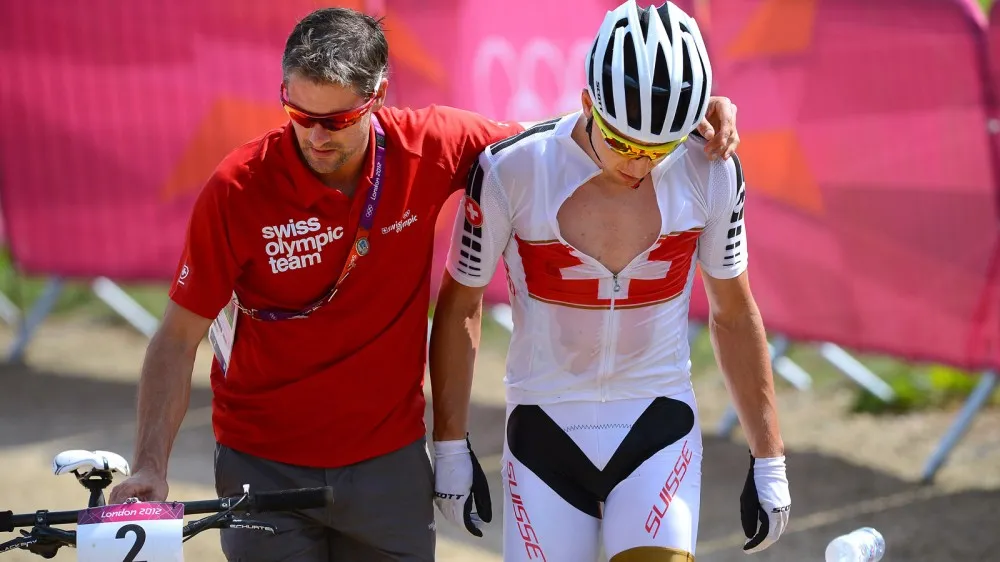
See things as an opportunity to rest or work on a neglected area
"As we mentioned earlier, keeping a positive mind-set with regards to injury is key in managing the anxiety that comes with any injury or variance to your normal training. Catastrophising an injury with regards to severity and chronicity will impede your ability to logically work through treatment and rehab.
"Sports psychology is a constantly growing field, and its importance at an elite level is valued now more than ever. Embrace an injury as an opportunity for progress."
7. Active rest
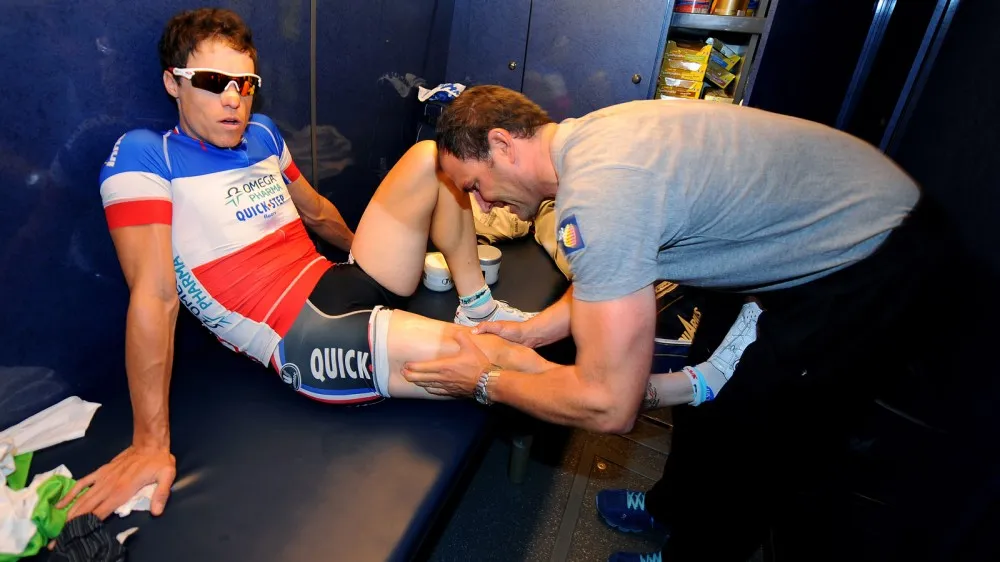
Make time for your recovery
"Having an injury does not mean you need to stop training altogether. There are still plenty of alternative training sessions or gym programmes you can work through on other body parts.
"Swimming, for example can be a great way to maintain muscle activity if you are non-weight bearing, and the addition of flotation equipment can really challenge postural and core work in a supported environment that you may not be able to achieve on the bike or in the gym.
"Active rest also relates to appropriate and timely loading for injured tissues. Whether bony or soft tissue, weight bearing and loading [causing a muscle to contract] is an essential part of the healing process, and will improve the tensile strength and orientation of newly laid down collagen."
8. Actively seek treatment
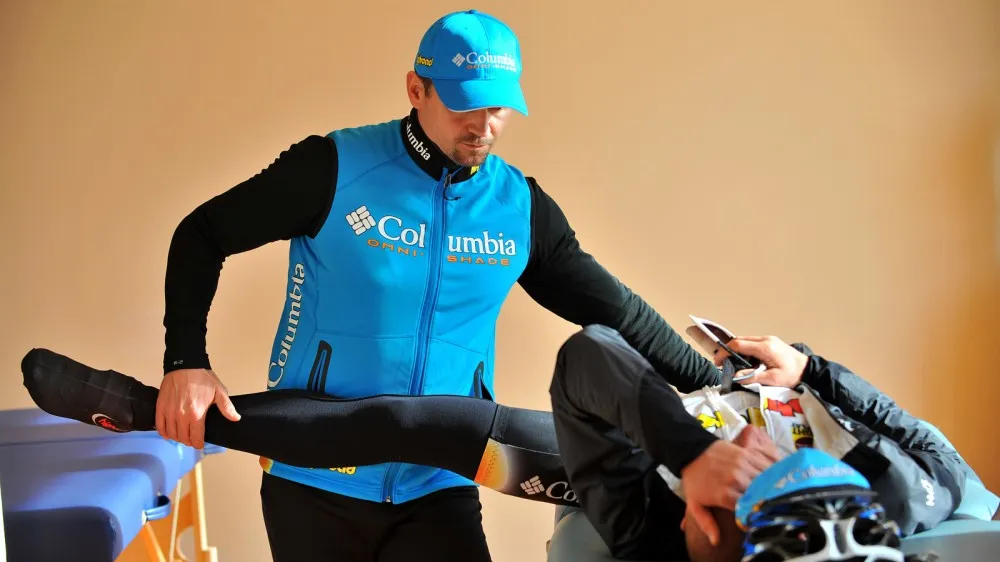
Be proactive – don't let things get worse
"Many of us also fall victim to 'I’ll leave it for a few weeks and see how it goes' before we ever actually do anything proactively and seek treatment. A number of people we see could have been back training by the time they eventually come to see us, typically three weeks after the onset of an injury.
"This commonly increases their injury episode time seven weeks including rehabilitation. We encourage people to think proactively about health and fitness. Why go through an injury full stop if you can receive regular preventive treatment and strength and conditioning to decrease the likelihood of one ever occurring?
"We’re not saying that even if you are proactive, you will never get injured – but you will prepare your body biomechanically above and beyond the stresses it will face in day to day training, reducing the prevalence of injury."
9. Commit time to your rehab

Look at the bigger picture and give yourself the time for a full recovery
"Injuries don’t cure themselves over night! In our own minds we are all superhuman, and seem to heel quicker than everyone else, but listen to the science and the timeframes of tissue healing. Even if you feel asymptomatic, recent research has shown lesions within hamstring musculature exist six months after injury, even when a full return to activity has been achieved.
"For the serious competitive athlete, rehabilitating an injury can often turn into a full time job. You may need treatment twice per week, alongside three specific rehabilitation and foam rolling sessions, daily stretching and cryotherapy, while still working nine to five and spending time with the family.
"Nobody wants to stretch every day, but the research shows us it is necessary to increase the range of movement within a muscular unit. Simply put: the more you put in the more you will get out. Give yourself adequate time with an injury to prevent it becoming chronic and taking over the whole season."
10. Staged return to activity
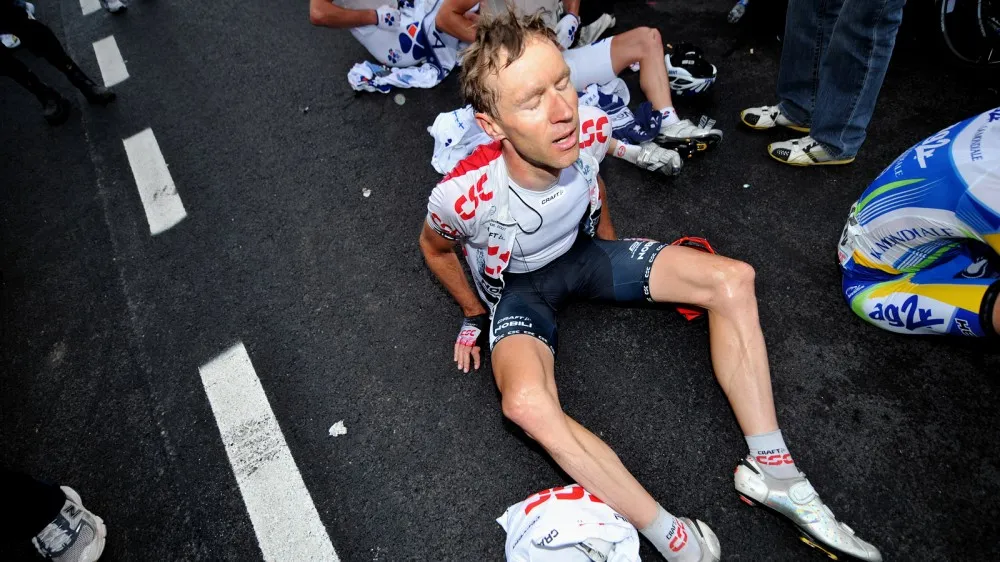
And when you do return, don't rush things
"You may have adhered to every letter of your treatment and rehab programme, but that doesn’t suddenly mean you can jump back on the bike like nothing ever happened. Perhaps the most vital stage of recovery is a progressive return to normal activities, just as tapering is key prior to competition.
"Your body and specific tissues need to gradually become accustomed to this constant change in stress. You may also have separate goals when you’re back on the bike to gradually increase power output and force production over a four-week period. This stage is all about ‘sport-specific fitness’."
www.yourphysioplan.com offers a range of annual subscription packages to make physiotherapy, massage and physical conditioning more accessible, affordable and effective.
